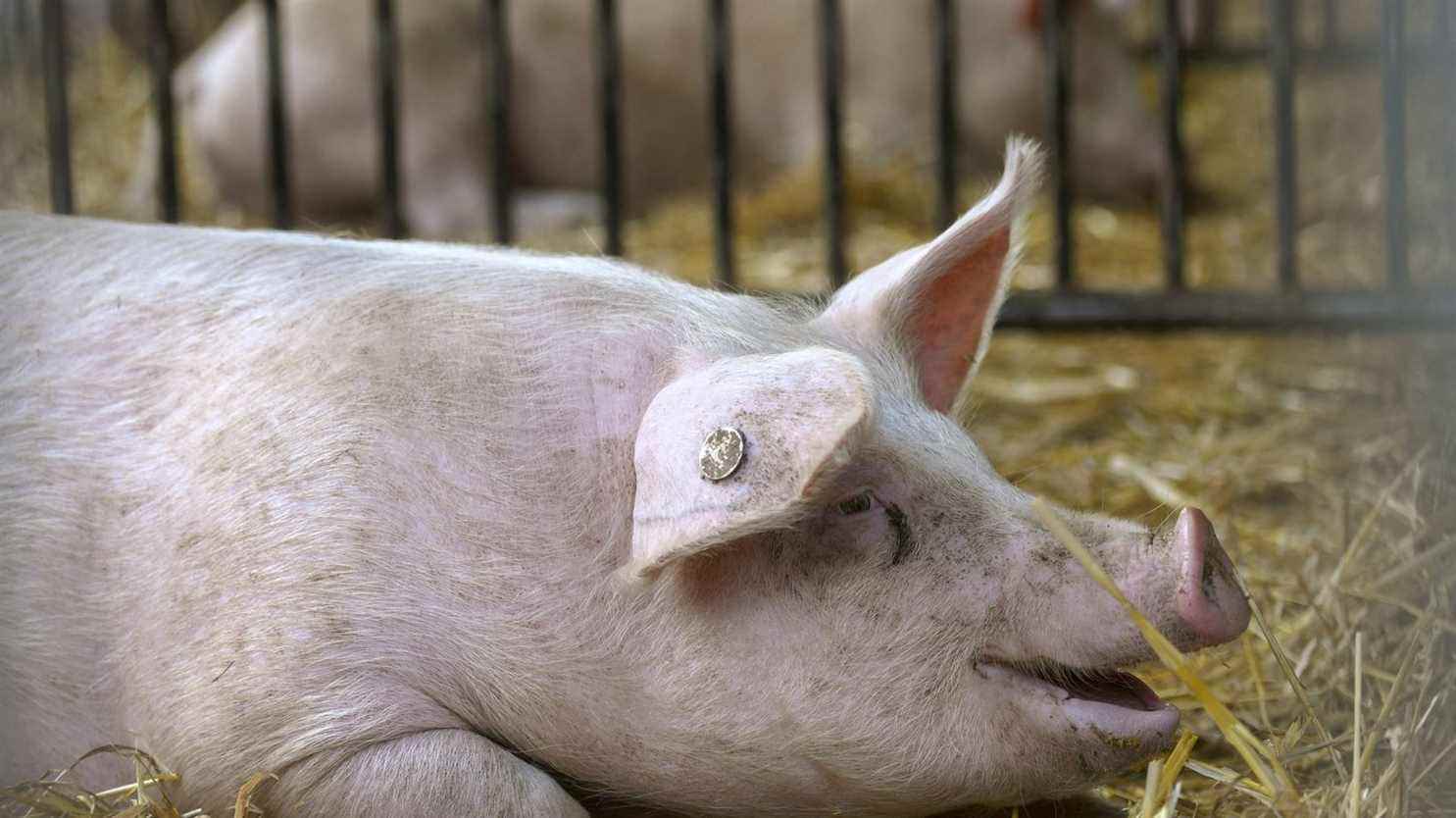Listen to your pork. Anxious to make progress in animal welfare, European researchers have developed a tool to decode the feelings expressed by pigs in their various grunts. Spread across Switzerland, Denmark, Norway, France and the Czech Republic, biologists studied more than 7,000 recordings of 411 pigs, from the brief squeal of satisfaction at suckling to the desperate cries at slaughter, before classify in 19 different categories.
“We show that it is possible to determine the emotions of pigs according to their vocalizations”, explains project manager Elodie Briefer, lecturer at the University of Copenhagen. The study, published in early March in the journal Nature (in English), offers a new way to improve animal well-being with a tool to categorize an emotion through the noise produced, according to the researcher.
“We also use a machine learning algorithm (…) which produces a spectrogram and trains itself to recognize negative and positive contexts”, she says. Once developed, this new type of monitoring will allow farmers, who only have physical well-being tools, to ensure the mental health of their animals. “If the percentage of negative sounds increases, then the farmer knows something is probably wrong and can go check the pigs”says the researcher.
For the Danish Board of Agriculture – the Scandinavian country is home to 13.2 million pigs, a European record of more than two pigs per capita – the implications of the study are promising. “This concept (…) could potentially be a useful tool among others in the work of monitoring the health and welfare of pigs”, said Trine Vig, a spokesperson for the Council. She says the study achieves 92% accuracy in determining whether the call is negative or positive, and 82% in classifying the actual context in which the sounds were made.
According to the study, positive feelings are expressed in short sounds while negative thoughts are most often expressed at length. But why dwell on the pig rather than the veal or the rabbit? For the authors of the study, the pig, known for its very varied squeaks and noises, was the perfect stallion. “They are very vocal, which makes studying them easy”underlines the university. “They produce vocalizations all the time. Even in low intensity situations, they continue to vocalize”.
